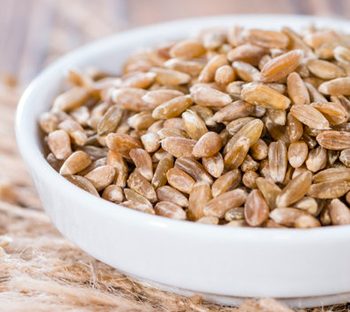
MATURE RED BLOOD CELL: the molecular reporter

LIPIDOMIC ANALYSIS
Fatty acids play a fundamental role in all the biochemical processes of the body. Physiological conditions (pregnancy, sport) or pathological conditions (cardio metabolic, immune, inflammatory diseases…) can induce changes in the lipid pool.
The possibility of analyzing fatty acids in quantity and type, given by the lipidomic analysis, allows to have indications on prevention and risk of developing chronic diseases, but also to define a support plan for existing conditions or ongoing therapies.
The lipidomic analysis is accomplish by a simple blood sample. However, it should not be forgotten that blood is a complex biological matrix, within which lipids can be encountered in different fractions, since they travel in the bloodstream linked to lipoproteins, free or as constituents of the membranes of circulating cells.
THE CHOICE OF THE BIOLOGICAL MARKER
It is therefore important to know where to measure fatty acids in order to obtain reliable information, also for the definition of a nutraceutical and nutritional rebalancing intervention that is effective.
The lipid composition of the biological marker to be analyzed in the lipidomic analysis must:
– be representative of all fatty acid families (saturated, monounsaturated and polyunsaturated omega-6 and omega-3) in significant and measurable quantities;
– be stable over time and not depend on the nutrition intake of the days prior to collection;
– represent the nutritional (usual diet) and metabolic status of the whole organism.
Only by respecting all these criteria, the lipidomic analysis can be FUNCTIONAL, since it will provide molecular information on the well-being of every single cell of the organism.

THE PLASMA LIPIDS IN BLOOD
Each lipid fraction in the blood has a specific composition which derives from its biological significance. None of the plasma lipid classes meet the above criteria.
- Triglycerides are composed of lipids deriving from meals in the days immediately preceding the blood collection. Furthermore, they do not have a significant polyunsaturated component.
- The same applies to free fatty acids which, in addition, originate from adipose tissue and therefore do not reflect the metabolic state of the other organs.
- Cholesterol esters are formed from cholesterol by adding a fatty acid by the enzyme LCAT. This enzyme preferentially binds unsaturated fatty acids to cholesterol, with a further order of preference (linoleic acid> oleic acid> arachidonic acid).
If the lipidomic analysis is performed on plasma lipids, the variables listed above risk distorting the information on the individual’s state of health.
MEMBRANE LIPIDS IN BLOOD
All cells own a membrane made up of fatty acids, the composition of which reflects their functional needs.
Among the cells circulating in the blood, three of the largest populations are: leukocytes, platelets and red blood cells.
The composition of leukocyte and platelet membranes, due to their short life, does not represent the stabilized nutritional and metabolic state of the whole organism, but only that of the lipids available at the time of their formation.
On the contrary, the lipid composition of the red blood cell membrane can encounter the previous criteria as long as the red blood cell has had time to travel throughout the body and exchange the precious “lipid information” with all tissues.
LIPIDOMIC ANALYSIS OF THE MATURE RED BLOOD CELL

The mature red blood cell membrane (> 3 months old) is the ideal candidate for obtaining all the information we need. In fact, the mature red blood cell:
- thanks to its long life, it has had time to circulate throughout the body and exchange lipids with the cells of all tissues, acting as a “special deputy” in the body;
- does not have a metabolism of its own because it does not have DNA. For this reason, its membrane composition is influenced by the same substances that act on the membranes of all other cells, such as free radicals.
Only with the selection of the mature red blood cell has been shown [1] that the measurement of polyunsaturated fatty acids (omega-3 and omega-6) and saturated fatty acids can be accurate and, consequently, it is possible to establish a remedy of effective precision and personalized on the individual.
Bibliography:
[1] Ferreri C et al. Diagnostics 2016 Dec 22, 7(1):1
The information provided should in no way replace the direct relationship between health professional and patient.
- On 23 July 2021



